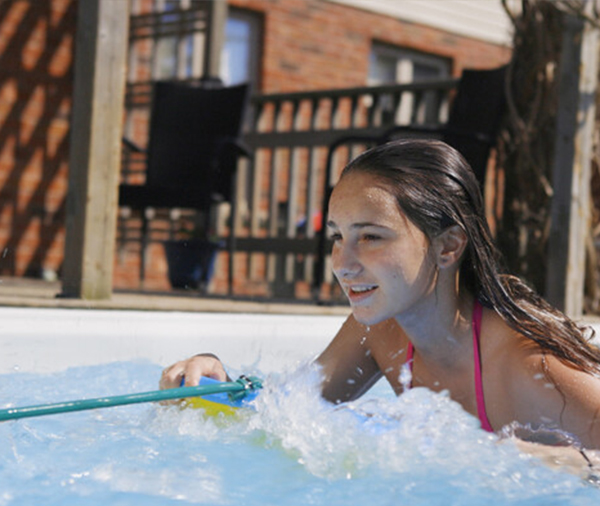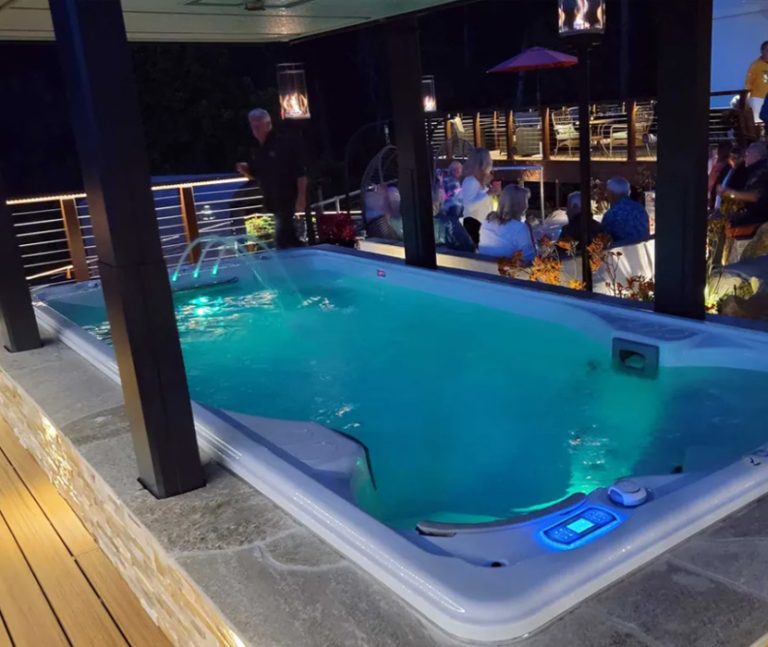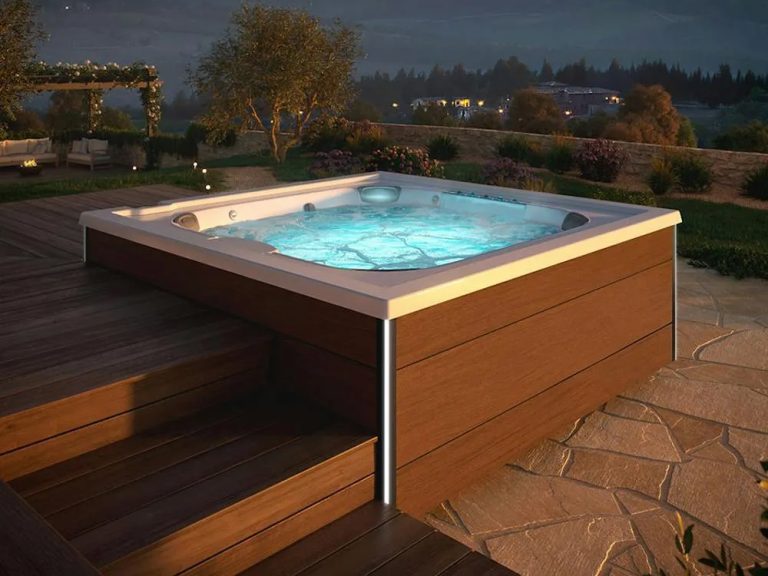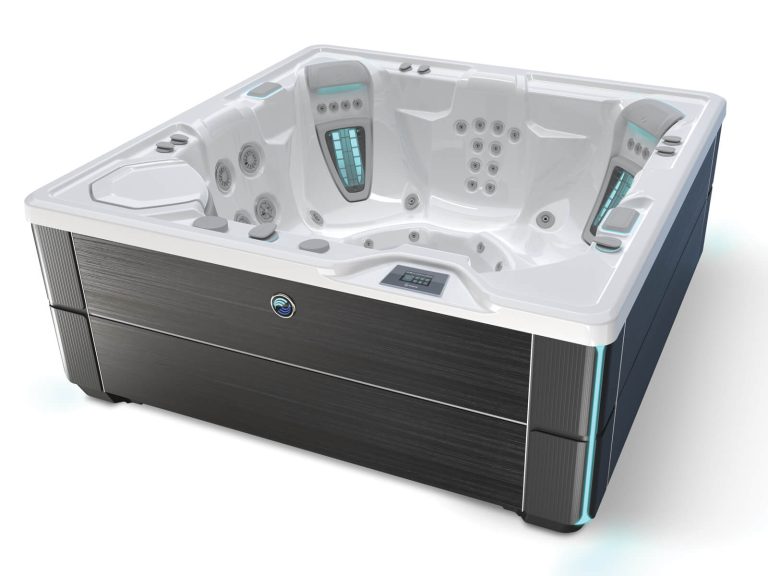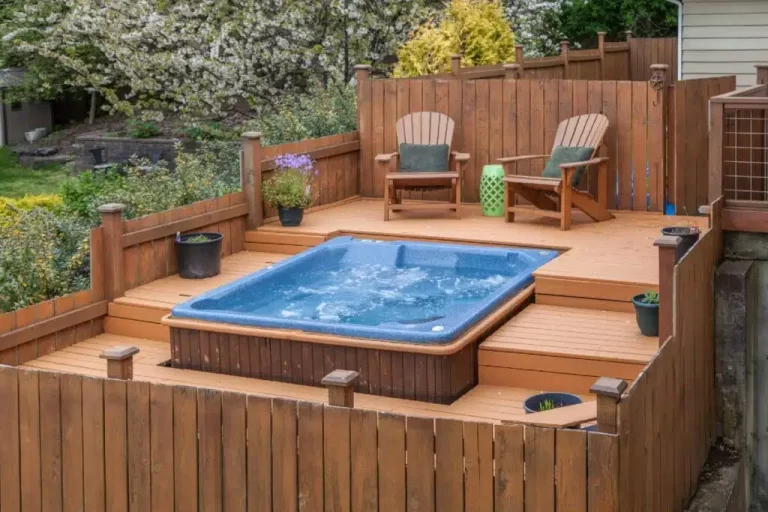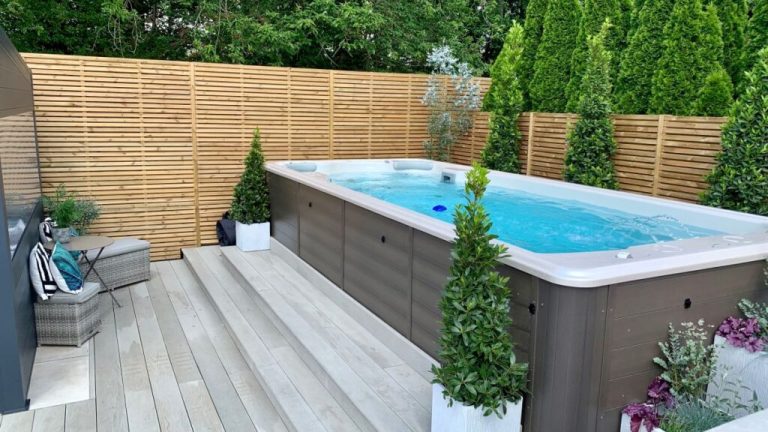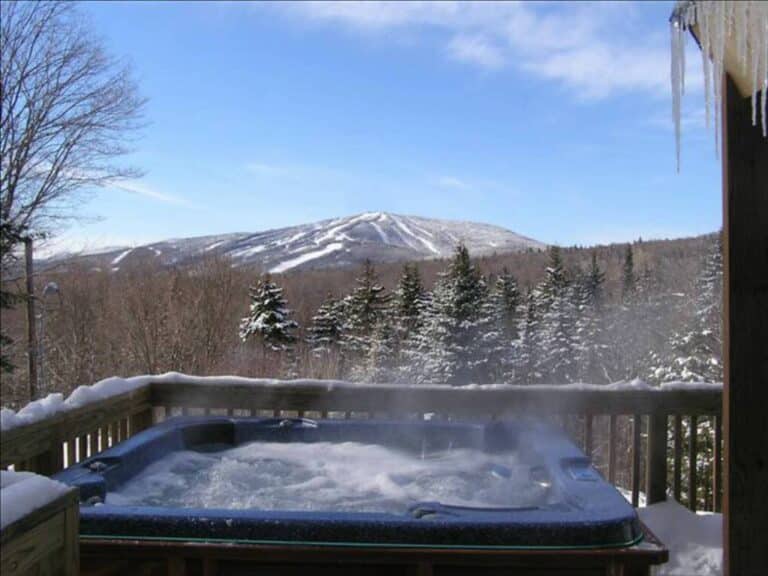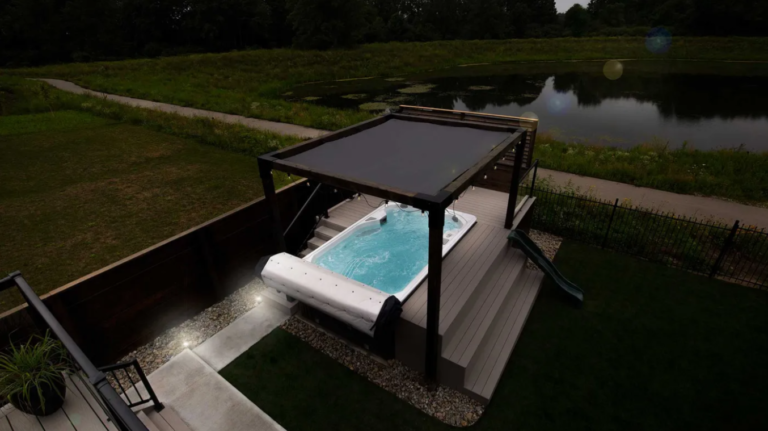How To Relieve Sore Muscles Through Hydrotherapy
Science is still working to provide the proof that associates hydrotherapy and hot tub usage to specific cures. We all know that it feels great and it helps us feel better.
Studies have consistently determined that hot water immersion and hydro-massage produce different effects on different systems of the body. Researchers have related their use to improved health results. Particularly relief from sore muscles, joint and bone pain, high blood pressure, and stress.
Hydrotherapy is an ancient practice. It combines using warm water to strengthen muscles, relieve pain, improve balance and increase overall fitness. In addition to strengthening muscles, hydrotherapy also helps mobilize stiff joints. This can provide lasting relief from arthritis and muscular injuries.
For centuries, many people have used hydrotherapy to help improve their health. Now science is finally supporting what our ancestors already knew. Our instincts have been telling us: hydrotherapy is beneficial to your health. With all the advances made in hydrotherapy technology today, people can enjoy the benefits of aquatic therapy in the privacy of their own homes and backyard.
Learn how home hydrotherapy can help to relieve sore muscles, improve heart health. It can also increase flexibility, lessen bone and joint pain, and even more to support your overall health.
Relief Of Sore Muscles
We have all experienced some sore muscles at one point or another. Stiff or aching muscles can be caused by strenuous physical activity, stress, or sleeping wrong. However, sometimes the muscle pains for some people may be due to certain medical conditions, such as thyroid problems, fibromyalgia, hypokalemia, and other disorders.
Experts state one of the best ways that people can get sore muscle relief is through hot and cold therapy. This method uses both warm and cold applications to an injured or strained muscular area to help alleviate and soothe muscle pain and tension without the use of medication.
According to the report on the Effect of Hydrotherapy on The Signs And Symptoms of Delayed Onset Muscle Soreness, “The effect of cold application through various mediums has been shown to simulate an analgesic effect, resulting in a decreased perception of pain.” The study further went on to state that warm water immersion has been shown to demonstrate “an increase in blood flow, HR [heart rate], and cardiac output, and a decrease in peripheral resistance. Benefits such as decreased muscle spasm, stiffness, and increased range of motion have also been reported following the application of heat.”
Try at home:
Apply a cold compress to the sore area and leave on for 20 minutes. Not only will this help relieve the pain, but the cold helps to reduce swelling and inflammation. You can make a cold compress by filling a bag with ice or with a frozen bag of vegetables. When using a cold compress, wrap a towel around the compress to protect the skin.
According to Breanne Kallonen, Naturopathic Medical Intern, Integrative Medicine, “temperature as well as duration of treatment can change the therapeutic effect of the treatment. For instance, a short hot or short cold will both have an intrinsic stimulative effect on circulation where as a long cold treatment will have a depressive effect. A short cold treatment stimulates the metabolism of the tissues it is applied to. It increases oxygen absorption, increases CO2 excretion, and increases peripheral red and white blood cell count.”
Once you have applied the cold compress over your muscles, use heat to relax the stiff muscles and help soothe the soreness. Again, use the 20-minute timeframe and use a warm compress, heat lamp, or soak in warm water to help circulate your blood.
Repeat this healing technique throughout the day as needed to further relieve sore muscles and stiffness until the pain has subsided.
Relieving Bone and Joint Pain
For those who suffer from rheumatoid arthritis, fibromyalgia, and other joint pain, finding relief from the pain can be difficult. In many cases, those who suffer from these conditions get some reprieve by soaking in a warm bath or hot tub.
Aquatic Therapy
Aquatic therapy has been shown to help with all different kinds of musculoskeletal conditions including arthritis, back pain, and fibromyalgia. A study by Annals of the Rheumatic Diseases (ARD) found that “hydrotherapy is often recommended to patients with arthritis as water provides a range of benefits, including the reduction of edema, pain relief, and reduced loading on damaged arthritic joints.” When soaking in warm water, heat helps to reduce the force of gravity which can place additional stress on the joints, decrease swelling, and increase the blood circulation.
Dr. Murray Grossman of the Grossman Institute added that the warmth brings fresh circulation which carries healing elements to help soothe and relax the muscles. With relaxation, there is less tightness on the muscles and the mind is able to release any stress (which can prohibit healing).
While soaking in warm water, add some light exercise and gentle stretches to help relieve stiff the muscle and joints. Ann Vincent, MD, Medical Director of the Mayo Clinic Fibromyalgia Clinic in Rochester, Minnesota, stated that patients who soaked in warm water and did mild exercises felt even better after soaking.
A simple exercise you can try that helps to improve musculoskeletal disease and support your overall health and wellness is Tai Chi. This is a Chinese exercise that consists of deep focused breathing and gentle movements. According to the Journal of Exercise Rehabilitation and their study on Water-based Tai Chi, “evidence exists on the efficacy of this intervention with respect to pain diminution of pain and musculoskeletal function improvement in affectations such as low back pain, rheumatoid arthritis, osteoarthritis, and fibromyalgia, and in neurological pathologies such as multiple sclerosis.”
Try at home:
Stand against a wall and place a tennis ball (or you can put two in a sock) between the small of your back and the wall. Roll the tennis balls up and down your back by bending and straightening your knees. You can apply this while soaking in a hot tub by placing the tennis balls at back of the spa and the small of your back, then roll them against the muscles in your back.
In addition to this, there are some low-impact exercises you can do in your hot tub to help with muscle and joint pain. Jogging or walking in place is a great way to allow the resistance of the water in the hot tub to help improve stability in your back, knees, and other joints.
When it comes to bone and joint pain relief, hydrotherapy along with mild exercises are a great way to help loosen your muscles, increase agility and flexibility, and improve your overall performance.
Improve Heart Health and High Blood Pressure
Studies have shown that hydrotherapy can help reduce high blood pressure by improving your circulation and heart rate. In the study, Biophysiologic Effects of Warm Water Immersion, the findings showed, “circulation to deep muscle structures is also increased significantly in water immersion, improving oxygen flow to tissues and potentially facilitating healing of muscle, bone, and joint injuries.”
Another study found that warm water immersion resulted in an 11% decrease in systolic and diastolic blood pressure. The study also found that those who soaked in a hot tub for at least 10 minutes had “increased feelings of well-being and decreased state anxiety.”
Breanne Kallonen goes also added, “Besides promoting blood flow, hydrotherapy benefits the heart by increasing the removal of toxic products, increasing healing, increasing immunity and promoting relaxation.”
Hydration
Hydration is another essential, if not the most important thing you can do for your body’s health. The loss of even a small percentage of body weight through sweating may result in dehydration. Symptoms can include headaches, fatigue, and decreased mental acuity.
According to a study by NCBI, hydrotherapy can help improve the cardiovascular system and high blood pressure. Although it was previously believed that hydrotherapy could increase your chances of heart failure, research has shown that a person’s cardiac function was improved during a session of aquatic therapy due to the increase in the amount of blood that gets pumped to the heart.
So how does this work? Immersion into warm water like a hot tub increases your body temperature, causing your body to eliminate waste and toxins. In addition, as your body temperature rises, so does your heart rate which is similar to the way the heart rate reacts when you are doing cardio exercise. So because of this, you not only increase circulation but improve your overall health.
Before using aquatic therapy to help with high blood pressure, make sure to consult with your doctor.
Anxiety and Stress Relief
“A calm mind brings inner strength and self-confidence.” – Dalai Lama
Stress is a part of all our lives and can vary depending on what is going on. While some stress may be good for us, pushing us forward to complete things. But chronic stress can be detrimental to your health and well-being. Taking time each day to unwind is important in helping achieve inner strength and live healthy lives.
The key to fighting stress is to first recognize the moments when you are feeling stressed and identify your triggers. Once you identify those triggers of what makes you feel stressed out, the more you can try and eliminate those stressors from your life or, if you’re unable to change your circumstances (which can be the case for many), you can find ways to reduce stress and release that boxed up energy.
A great way to relieve the tension and learn how to manage your stress is through meditation. Meditation is an ancient relaxation technique that focuses on calming the mind and turning inward to reconnect with yourself.
Meditation takes practice. The idea of quieting the mind may be frustrating. But the more you incorporate this into your daily routine, the better you’ll be able to relieve your stress. There are various forms and methods of meditation. One of our favorite ways is with hydrotherapy. This can be “effective in alleviating mental fatigue.” The warm water helps to release tension in your body, mind, and soul from all the day to day chaos life can bring.
Try at home:
Take some time to focus on breathing and clearing your mind with meditation. While soaking, close your eyes and focus your attention on your breathing. If you’re having a hard time calming your mind, add a simple mantra or word to your practice.
When it comes to hydrotherapy, sore muscles, and stress reduction, the key is to listen to your body. We hope these tips and insights help you find some relief. Your overall health in important. They are not intended to replace the advice of your physician.






